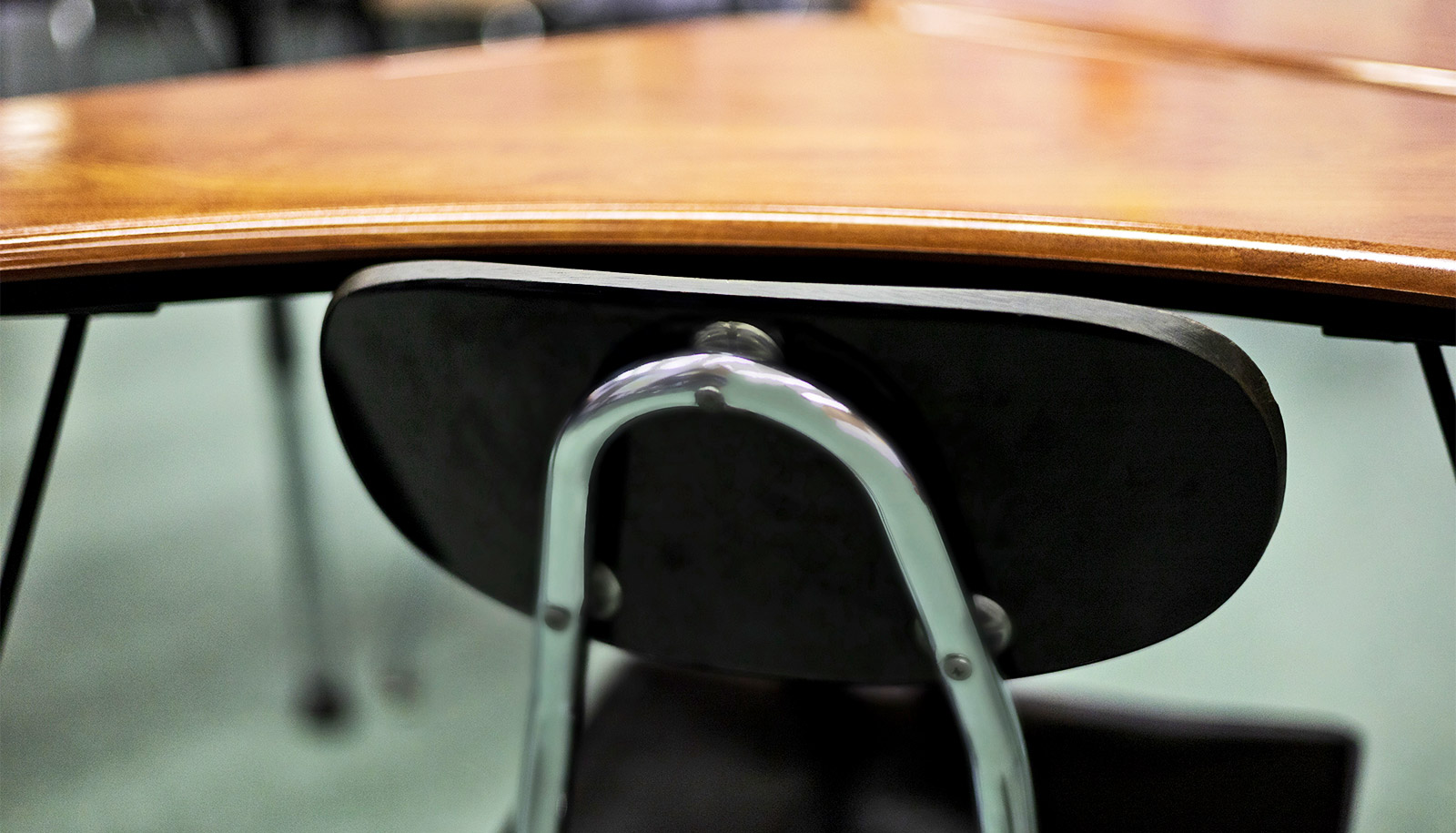A new study reveals unprecedented levels of chronic absenteeism in schools across the United States during the 2021-22 school year.
The analysis, conducted in partnership with the non-profit initiative Attendance Works, shows that two-thirds of K-12 students—or 32.25 million children—were enrolled in a school with high or extreme levels of chronic absence, meaning at least one of five students in their school missed almost four weeks throughout the school year.
This is an enormous increase from the 2017-18 school year when only 25% of all enrolled students attended schools with high or extreme chronic absence. As a result, chronic absence has become widespread, and many more students and schools are, for the first time, experiencing high and extreme levels of chronic absence.
“Our analysis shows that a wave of high levels of chronic absenteeism has spread to many more schools and districts across the US,” says Robert Balfanz, director of the Everyone Graduates Center and a research professor at the Center for the Social Organization of Schools at Johns Hopkins School of Education.
Not only is teaching and learning more challenging when large numbers of students are frequently missing class, such elevated levels of chronic absence can easily overwhelm a school’s capacity to respond. Increased chronic absenteeism rates in 2021-22 meant that an elementary school with typical enrollment and a chronic absenteeism rate equal to the national average had about 100 chronically absent students, a similar middle school about 150, and a similar high school about 200.
The researchers say the data is a call to action for everyone—at state, district, school, and community levels—to work together, avoid blame, and instead partner with students and families to address the issues that keep them from showing up every day.
Yet work on developing solutions has been underway for more than a decade, they say, resulting in many evidence-based interventions that can be tailored at the local level.
“Such high numbers of chronically absent students are beyond the capacity of a single school social worker or counselor to address,” Balfanz says. “The good news is that we don’t have to start from scratch; we can build upon what has been learned about effective responses to chronic absenteeism over the past decade or more.”
The analysis is the first in a three-part series planned by the Everyone Graduates Center and Attendance Works to unpack the recently released chronic-absence data collection from the US Department of Education. For more on the first report, visit the Attendance Works website.
Source: Johns Hopkins University



